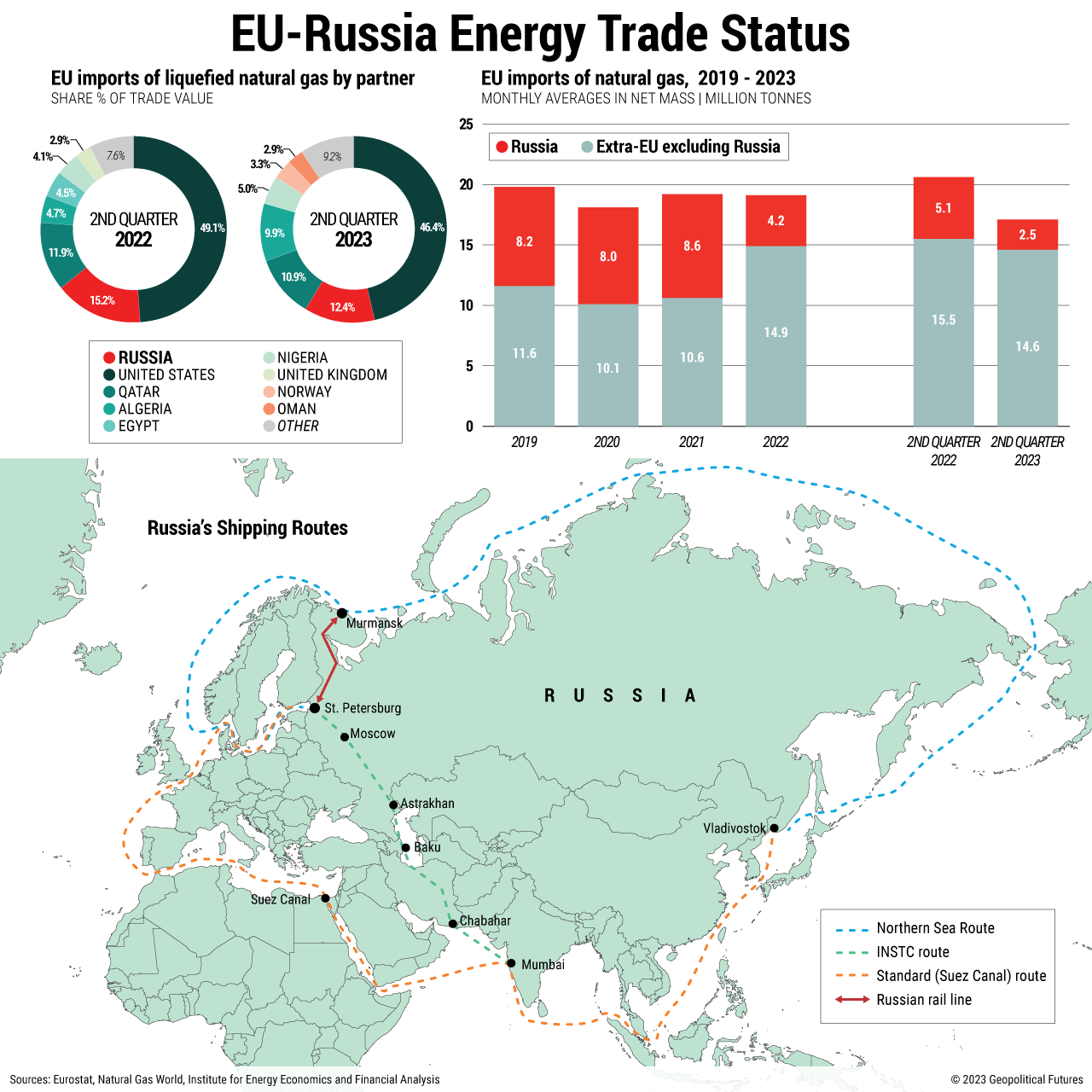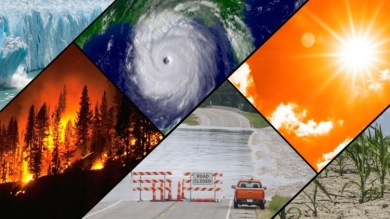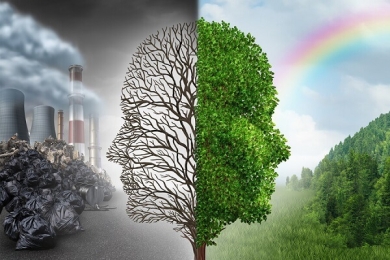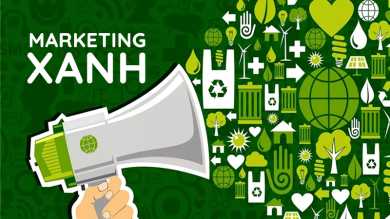Norway and the U.S. are the main new sources.

The European Union has been working to cut down its reliance on Russian energy, especially natural gas. While it sounds simple to just find new energy suppliers, it’s actually a tough task. It involves setting up the right logistics, technology and infrastructure. Still, the EU has made good progress, which aligns with its long-term goals.
Between the second quarter of 2022 and 2023, the EU significantly reduced its imports of Russian petroleum, to 2.7 percent from 15.9 percent. This reduction was mostly compensated by increased imports from Norway, Kazakhstan, the U.S. and Saudi Arabia. A similar shift is happening with natural gas. Norway and the U.S. have become the main new sources, providing natural gas and liquefied natural gas, respectively.
In addition to finding new suppliers, the EU has also done well in filling up its gas storage facilities. Before the winter, the bloc managed to fill more than 90 percent of its gas storage, which puts it in a decent spot for the coming months, even if Russia cuts back on supplies.
By Geopolitical Futures









